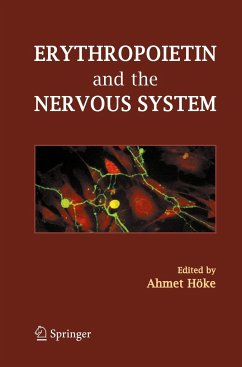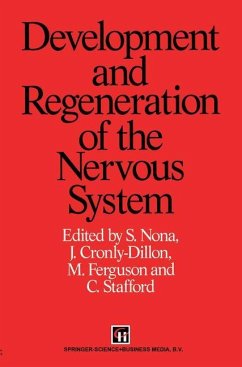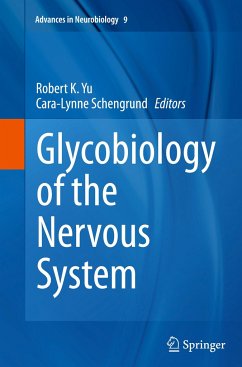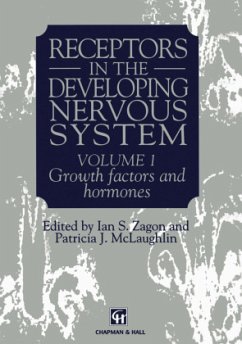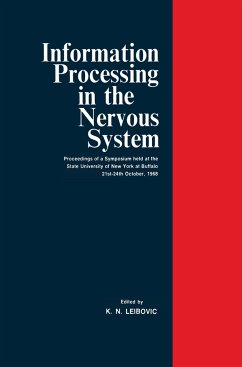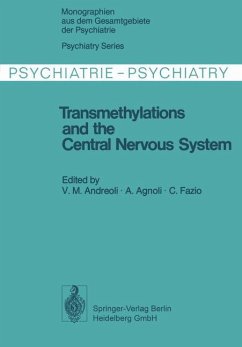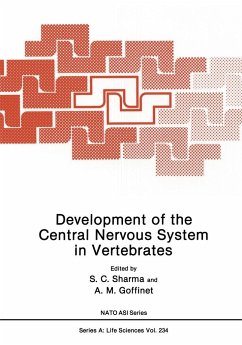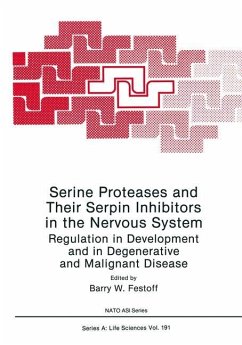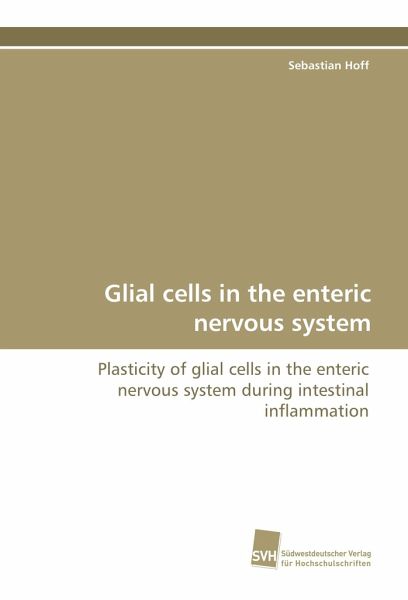
Glial cells in the enteric nervous system
Plasticity of glial cells in the enteric nervous system during intestinal inflammation
Versandkostenfrei!
Versandfertig in 6-10 Tagen
69,90 €
inkl. MwSt.

PAYBACK Punkte
0 °P sammeln!
Enteric glial cell (EGC) markers were thoroughly characterized in the human enteric nervous system (ENS) and EGC numbers were compared in man and guinea pig. As a result, the Sox8/9/10 antibody was shown to be an excellent investigative tool to assess EGC in the ENS and the glia index was identified as the most robust quantitative descriptor within a species. Subsequently, this Sox8/9/10 was used in Crohn s disease specimens to quantify enteric glia. In a parallel approach, interactions of EGC and the intestinal epithelial barrier were analyzed. Results from these experiments indicate a protec...
Enteric glial cell (EGC) markers were thoroughly characterized in the human enteric nervous system (ENS) and EGC numbers were compared in man and guinea pig. As a result, the Sox8/9/10 antibody was shown to be an excellent investigative tool to assess EGC in the ENS and the glia index was identified as the most robust quantitative descriptor within a species. Subsequently, this Sox8/9/10 was used in Crohn s disease specimens to quantify enteric glia. In a parallel approach, interactions of EGC and the intestinal epithelial barrier were analyzed. Results from these experiments indicate a protective effect of EGCs on the intestinal epithelial barrier in intestinal inflammation. The observed expression of GDNF, NGF, NT-3 and their receptors by EGC points to promising targets for further research to elucidate the exact nature of glial-derived mucosa-protective factors.





